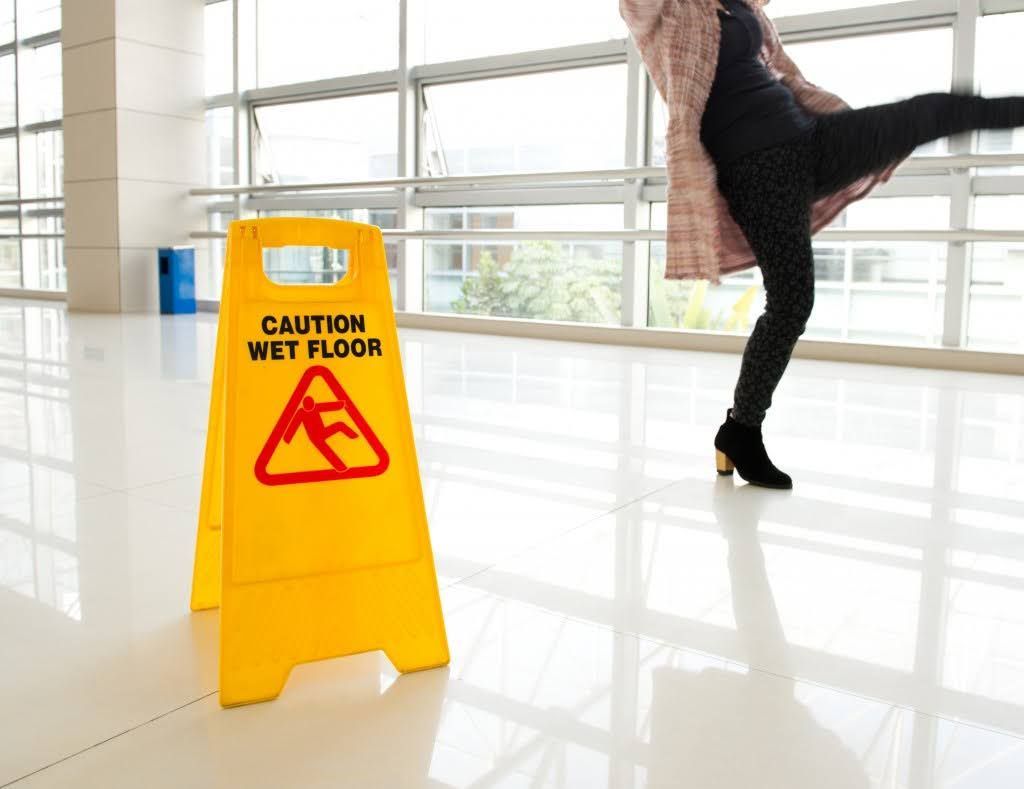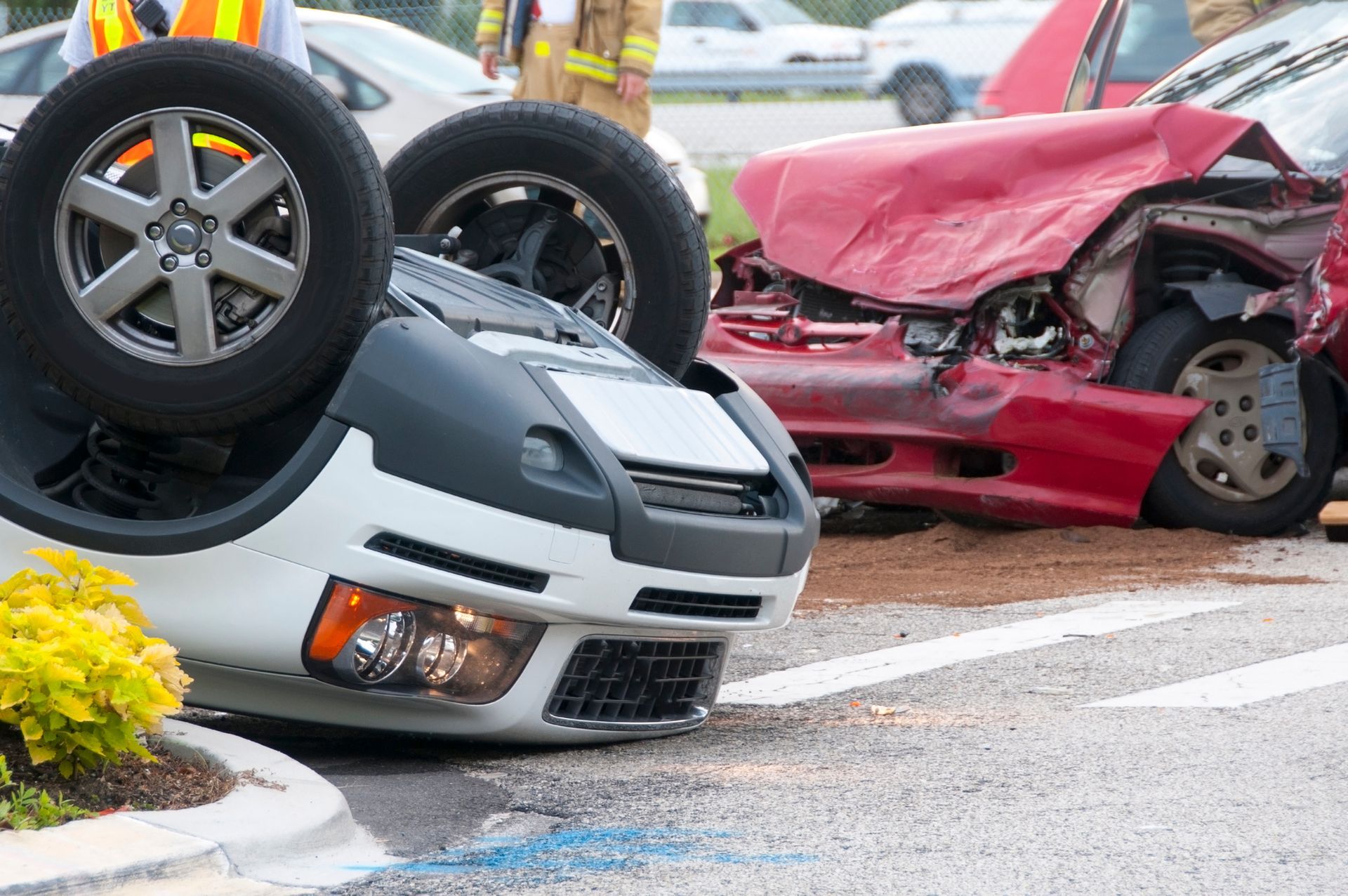Understanding Negligence in Your Personal Injury Case

You may be entitled to a personal injury settlement in the event you can prove the injury was caused by negligence by the responsible party. Understanding negligence and being able to document it will be key to your case.
What Is Negligence?
Negligence must be present in order for a personal injury case to move forward. Understanding what constitutes negligence in regard to the injury is the first step toward building your case.
Breach of Duty
Something is considered negligent if you can prove that there was a breach of duty on the part of the party that caused the injury. For example, a restaurant has the duty to provide safe and tripping hazard-free flooring, within reason, for their clients.
Slipping on water that was spilled just a moment before by a customer may not be considered a breach of duty by the restaurant, but tripping over a cord they have running across the floor can be considered negligent. What constitutes the duty varies depending on the business.
Damages
In addition to negligence, there must also be some form of damage to the person. A small bruise that heals in a day or two may not be severe to qualify, but broken bones or damages that lead to chronic or long-lasting health concerns will qualify. Damages can also be psychological in some instances, such as when the negligence results in emotional pain and suffering due to the circumstances surrounding it.
Comparative Fault
In Michigan, there can be comparative fault negligence, which means that both the injured party and the responsible party share the fault in the accident. In this case, the injured party must be found less than 50 percent at fault by the court. The responsible party will have to pay for the percentage of fault for which they are found guilty, and the injured party will be responsible for covering the remainder of the damages on their own.
How Is Negligence Proven?
One can't simply claim negligence. Proof must be provided to show the court that there was actual negligence involved in the accident.
Accident Reports
The easiest way to show negligence is with an accident report. Many businesses require that staff fill out a report if anyone, from customers to vendors and employees, suffers an injury on the property. There may also be a police or emergency service report filed, depending on whether medical help was called. There may also have been witnesses present, and they can provide witness reports about the details of the accident that they saw. Request copies of these reports and provide them to your lawyer.
Medical Records
Chances are medical help was sought if an injury was suffered. The initial record by the doctor should list the injuries in detail, including the medical provider's assessment of cause and severity. You will also need your medical records detailing ongoing treatments, disabilities, and costs. Your medical provider may also need to provide a written statement that will be filed with the court.
Photographic Evidence
In today's world, there is often photographic evidence of an accident. This evidence can be in the form of surveillance videos, either taken by the establishment where the injury occurred or from the security cameras of nearby homes or businesses.
If you have the presence of mind after the accident, you may be able to collect your own photographic evidence of both your injuries and the accident site. Witnesses may be able to provide photos, or your lawyer may be able to collect photos after the accident if the point of negligence hasn't yet been remedied.
Contact Hoines Law Office, P.C. if you need assistance with your personal injury case.





